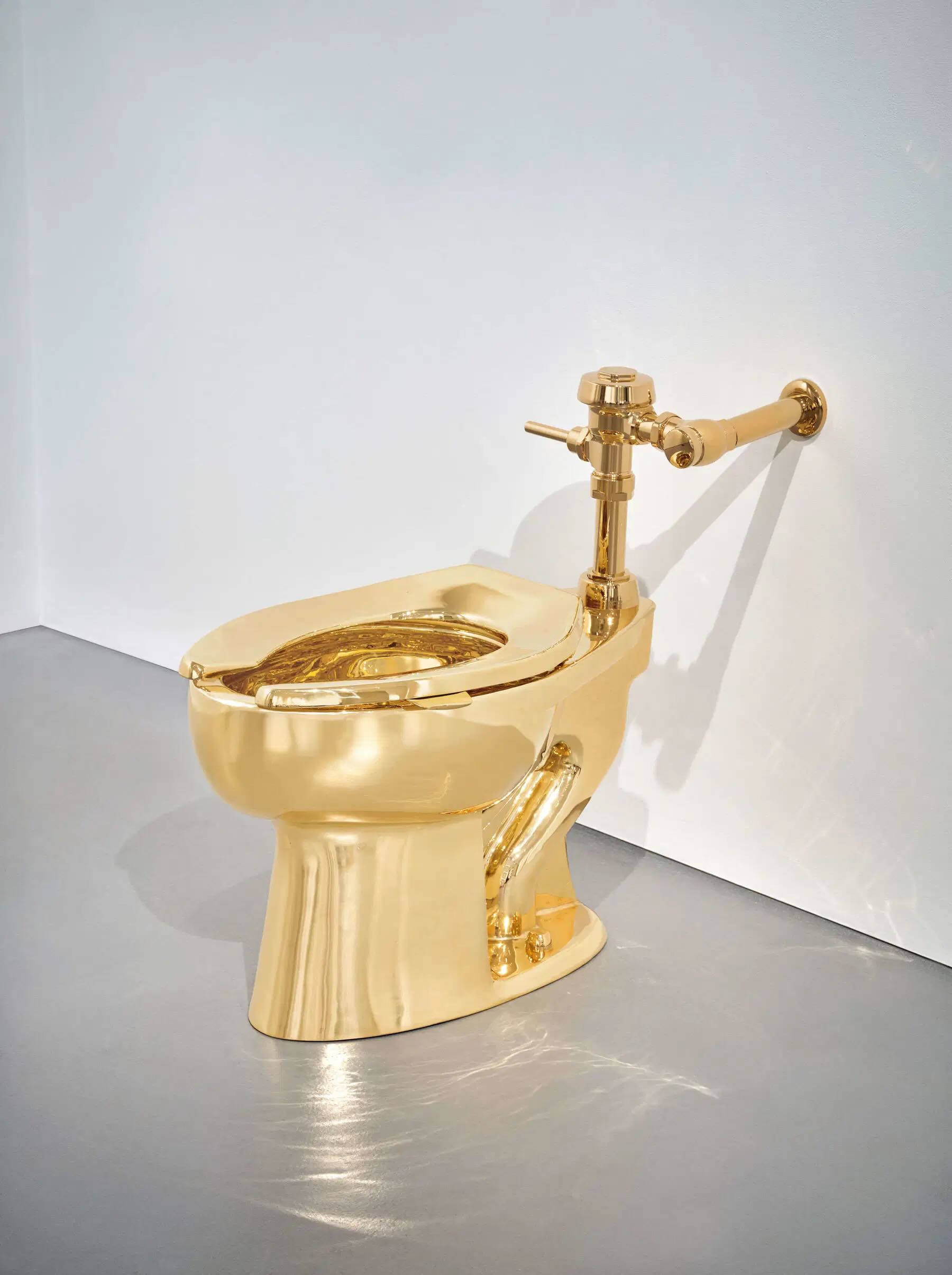The season for organizing a picnic with friends, in a mountain meadow, in city parks or in our own garden, is finally here! It is always a bit magical, for adults and kids, to organize this happening in detail, to think carefully about each element because, in order for the picnic to be above all a moment of relaxation, a certain degree of preparation is required. Aside from a menu of quick but delicious ingredients, there are essential accessories that cannot be missing in our bag.
One of these is the picnic blanket; at intOndo we could only think of the vintage quilt, the one we stole from the bedroom or from a grandmother's drawer full of treasures to give new life to ... In short, in a perfect picnic the eye wants its part, and vintage quilts are an excellent alternative to classic plaids and rugs; they usually show off a rather original range of colors and patterns, touches of freshness in our outdoor set, which will promptly reappear on our bed or thrown on the sofa for a movie night with friends.
The quilt is above all soft, light, comfortable to carry and resistant, as it will probably be severely tested by the use we make of it. In short, from a quiet reading in a mountain chalet to a snack on the grass, this summer the vintage quilt is a comfortable and practical passe-partout.
During the period of the pandemic, the enthusiasm for craftsmanship has renewed, with amateur producers devoting themselves to the rediscovery of manual activities such as quilting, admired both for its artistic quality and for the capacity to tell the stories of often marginalized communities. This discipline is experiencing a great moment of revaluation even in its vintage pieces: in auctions, ancient patchwork and quilts (we will soon discover the difference between quilt and patchwork) have been sold for sums that far exceed their estimates.
And what about the great fashion designers who, from the 60s, when patchwork was even a look associated with hippie culture, up to the latest fashion shows, use patchwork for the most gritty looks? Or the pieces made by great contemporary artists such as Tracey Emin and Michelle Walker, who use patchwork and quilting in their work, thus recovering a tradition closely associated with women, their history and social battles? Let's find out a little bit more about the quilt, both a practical and decorative element, much more complex than imagined.
Quilting is a method of sewing layers of material together. From its origin to today, this technique has been used to make mainly bedspreads, consisting of two layers of fabric with a layer of padding in the middle, held together by sewing lines. Stitches are usually based on a pattern or design. Where seams are established in decorative motifs, quilting can be an extremely refined practice.
During the medieval period, quilting was also used to produce clothing that was light and warm at the same time: padded clothing was worn under the armor to make it more comfortable, or it was used as a top layer by those who could not afford a metal armor.
Mainly, however, the making of quilts is associated with the feminine sphere and with social occasions in which many women shared sewing in the home. In North America for example, the heart of quilting par excellence, through the first colonists from England and Holland, this discipline became a popular craft, which resulted in producing quilts in a very short time (an entire quilt in a day!), generally made for girls about to get married.
Sewing quilts was an almost sacred act, which strongly bound the women of the community during assemblies, parties, moments in which the techniques evolved and other shapes began to spread, such as triangles and circles: each pattern, each combination had its own meaning, and blankets were also made related to contemporary events, such as the Civil War: this is how the quilts have taken on the value of real historical documents.
It is interesting to find out that many of the quilts on display in the permanent collections of the most prestigious museums, such as the Victoria & Albert Museum in London, or the International Quilts Museum in Lincoln, Nebraska — which houses the largest public collection of quilts in the world with objects coming from more than 65 countries from the 17th century to today — are the work of women who sewed at home, for their own use, both out of necessity and to celebrate specific occasions in life: the birth of a child, a wedding, the dowry of a bride.
And coming back to patchwork: why is it linked to quilting? Although both techniques are deeply rooted in the domestic sphere, the quilt is associated with warmth, the idea of protection while patchwork, which consists of sewing pieces of fabric together to form a flat design, is first of all an ancient form of recycling and upcycling, as it mainly served as a method to recover scraps of fabric, or to extend the "working life" of garments that thus took on new functions. Get inspired!






.png)





